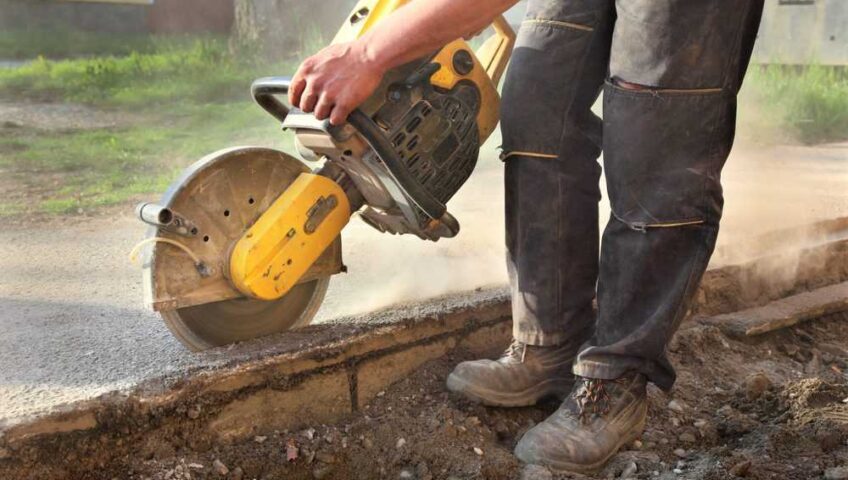Demystifying Concrete Cutting: Understanding its Process and How it Works
Introduction
Concrete cutting is a key process in construction, allowing professionals to carve precise shapes and structures into one of the most widely-used materials on the planet – concrete. Despite its prevalence, many are unfamiliar with the process and its mechanics. This article aims to shed light on the concrete cutting process, its equipment, and how it all works.
What is Concrete Cutting?
Concrete cutting is a controlled process of removing or cutting concrete in a precise and measured manner. It’s widely used in construction for creating openings for doors and windows, altering concrete structures, or completely removing concrete. This process requires specialized tools and machinery, often embedded with industrial diamonds, a material hard enough to cut through high-strength concrete.
The Concrete Cutting Process
The process starts with planning and preparation. The surface is marked using chalk lines to guide the cut and ensure precision. The depth of the cut is determined by the purpose of the project, whether it’s installing utilities or creating expansion joints.
There are several methods used in concrete cutting, the most common being flat sawing, wall sawing, and wire sawing.
Flat Sawing: Also known as slab sawing, it’s typically used to cut horizontal flat surfaces like floors, bridge decks, and pavement. Flat saws feature a diamond blade mounted on a walk-behind machine.
Wall Sawing: Used for cutting vertical or horizontal surfaces, wall sawing is ideal for creating openings in walls for windows, doors, or HVAC installations. Wall saws, unlike flat saws, are usually mounted on tracks.
Wire Sawing: For larger and more complex projects, wire sawing is preferred. A diamond-embedded wire is used for cutting intricate shapes or heavy structures.
The Working Mechanism
Whether it’s a flat saw, wall saw, or wire saw, the basic working principle remains the same. The saw’s blade or wire, embedded with diamonds, is spun at high speeds to cut through the concrete. The hardness of the diamond allows it to chip away at the concrete, creating a cut.
While cutting, water is often used to cool the blade and control dust. The water prevents the blade from overheating, which can reduce its cutting effectiveness and lifespan. Meanwhile, the water also helps to reduce the amount of dust created, improving visibility and reducing health risks to the operator.
Moreover, the cut’s depth is controlled by adjusting the machine, ensuring the cut doesn’t go deeper than necessary. After the cut is made, the piece of concrete can be removed or altered as per the project’s requirements.
Conclusion
Concrete cutting is a sophisticated and technical process, requiring specialized equipment and trained professionals. While the process might seem straightforward, it requires a high level of skill and understanding to be performed effectively and safely. Whether it’s for a small residential project or a large-scale construction job, concrete cutting plays a crucial role in building the structures that surround us every day.


Write a Comment